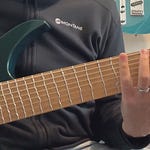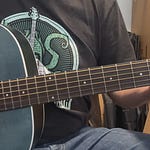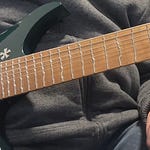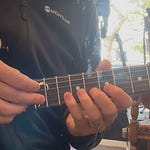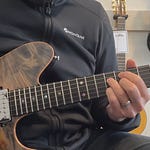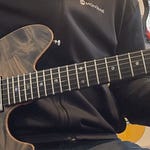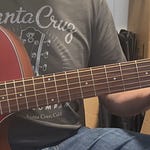This lesson is based on a discussion I had with a customer about identifying the key of those cool chords you happen upon e.g. A maj 13 #11.
This chord appears in Herbie’s One Finger Snap from the R…
Listen to this episode with a 7-day free trial
Subscribe to The Guitar Practice to listen to this post and get 7 days of free access to the full post archives.



